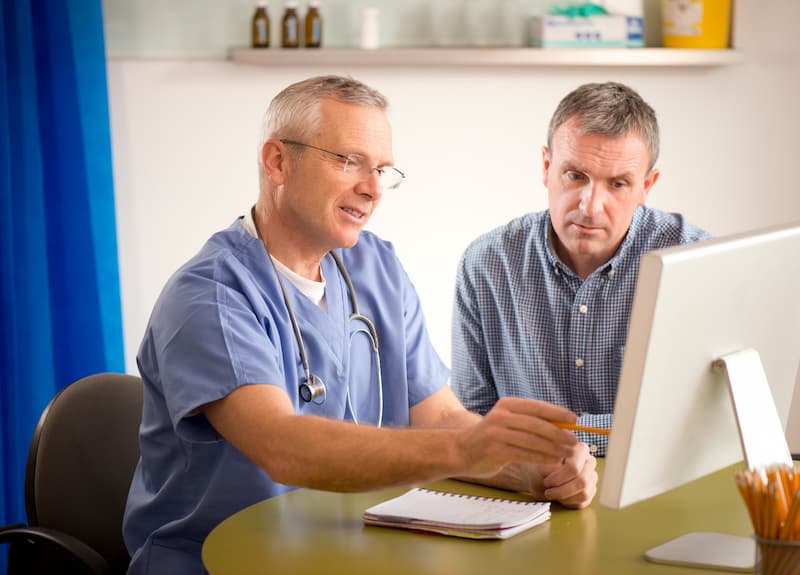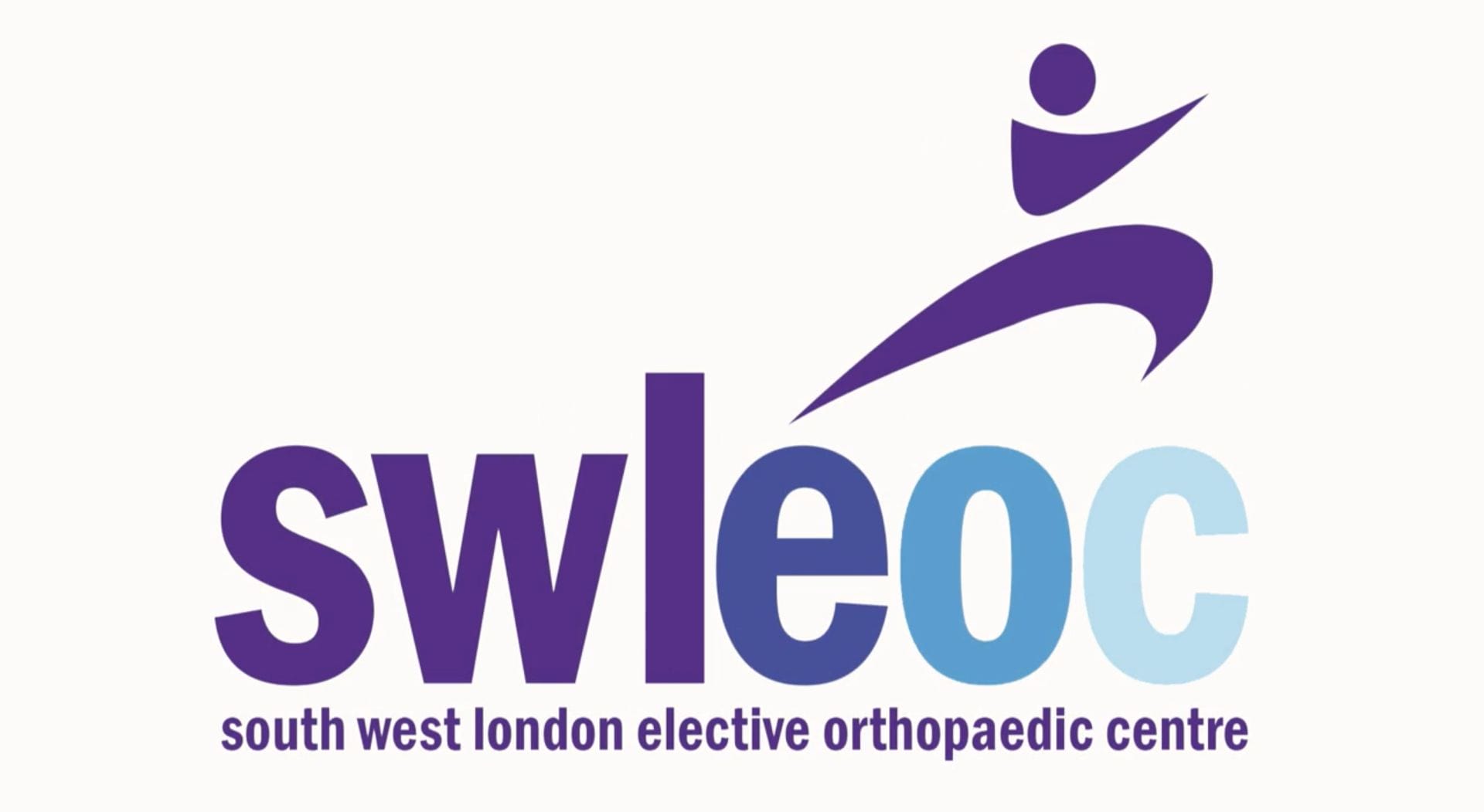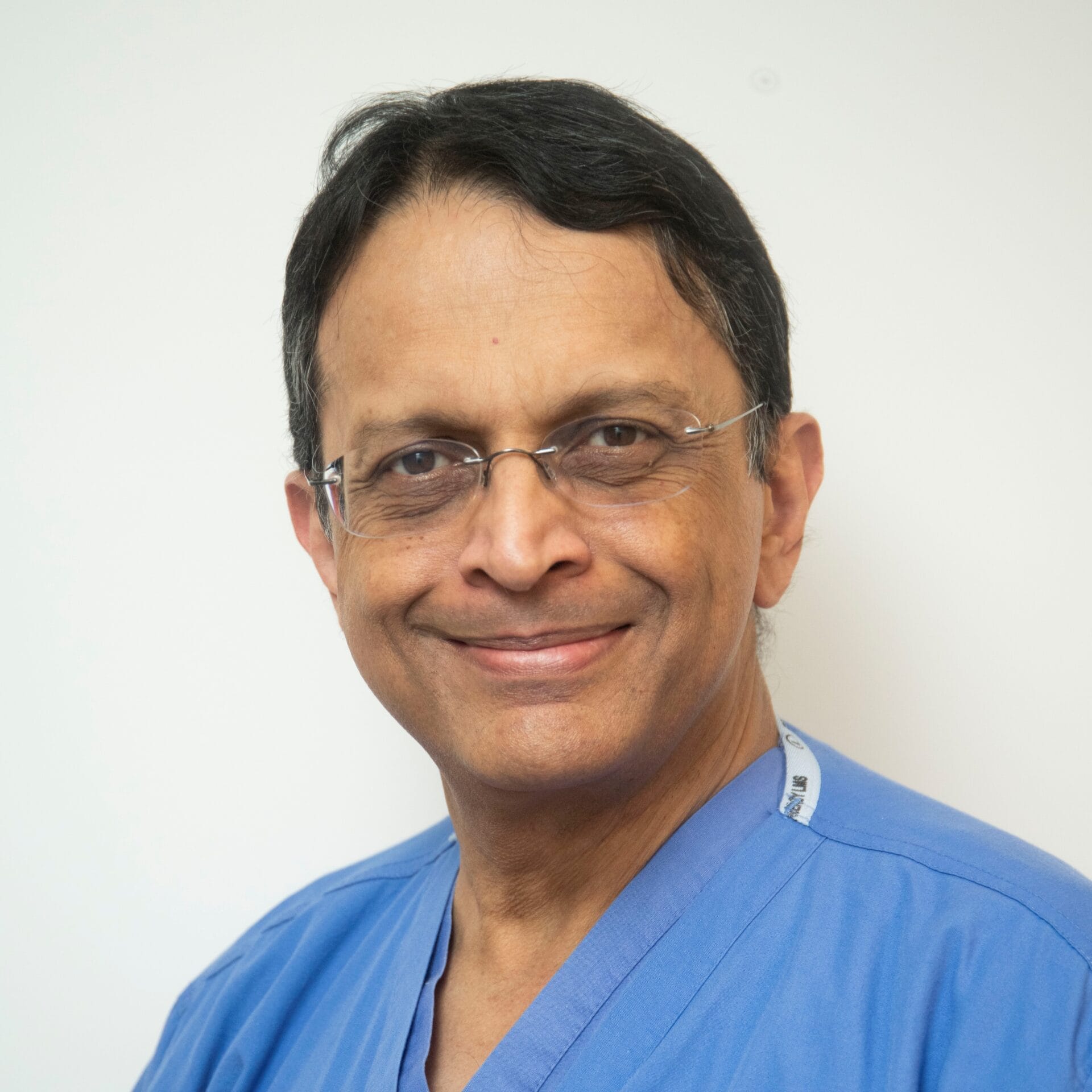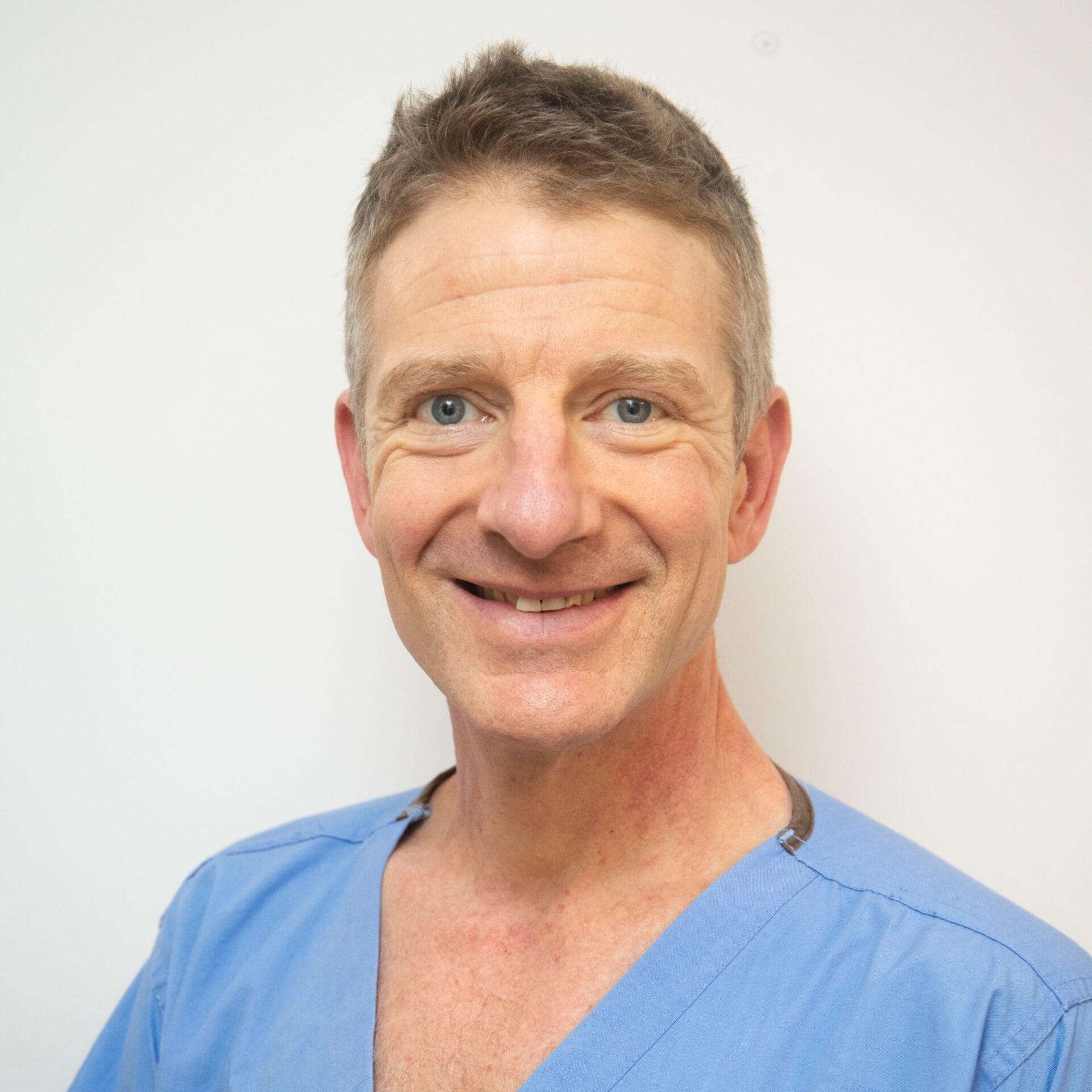Reverse Shoulder Replacement
Performed at SWLEOC by leading UK surgeons

Introduction
A reverse shoulder replacement is performed when the patient has severe pain and reduced movement from shoulder arthritis often caused by a large rotator cuff tear.
Why would I need a Reverse Shoulder Replacement?
1.
Arthritis and pain within the shoulder with a torn rotator cuff
2.
Pain not controlled by non-surgical measures
3.
Loss of function of the shoulder
Risks
All surgical procedures have risks associated with them, some of the specific ones are listed below. You will have a detailed discussion with your surgeon and there is a video to watch below.
- Failure to relieve symptoms (Continued pain)(less than 10%)
- Blood clots in the leg or lung (Less than 0.5%)
- Stiffness (frozen shoulder) (1 in 100)
- Loosening needing further surgery (0.3%)
- Infection (2.5%)
- Dislocation (5%)
- Nerve damage (less than 1 in 1000)
Recovery time
3 weeks
3 weeks in a sling.
8 weeks
8 weeks basic range of motion work with the physiotherapist
3 months
3 months strengthening







